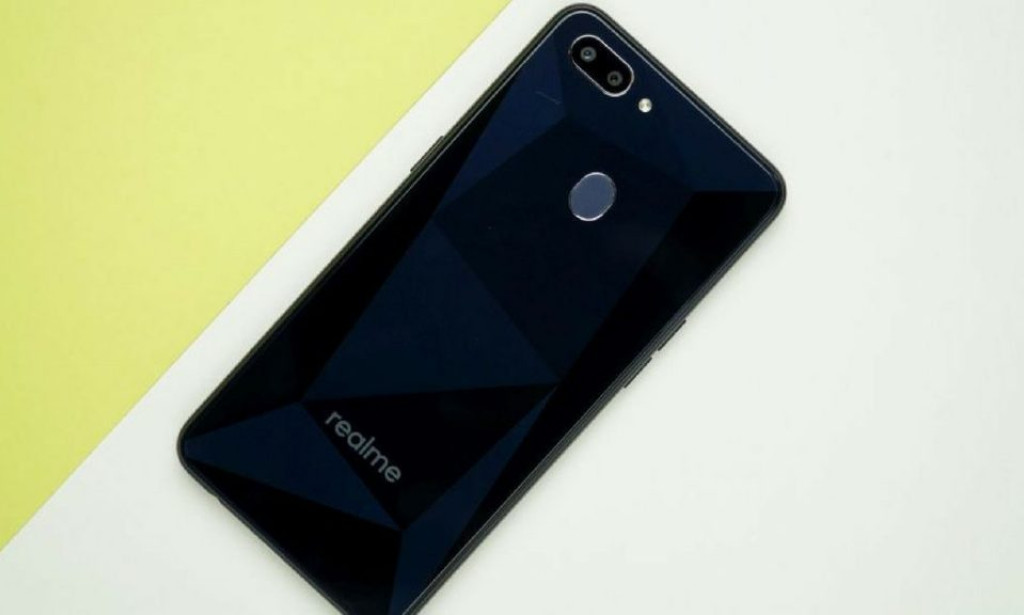For us, the charging method of the smartphone is critical. We need to know certain techniques and information to keep the battery running for a long period. There are also battery life cycles, which are determined by your usage habits.
Batteries are one of the most boring topics in technology... until your phone, tablet, or laptop stops turning on or turns off too frequently. Here are our top battery tips and methods for getting the most out of your battery.
While most of us fear a dying phone battery when we're out and about, we don't give much thought to the battery's final lifespan (probably between three and five years). However, there are techniques to keep your battery in peak condition for as long as possible.
Batteries do not have an infinite lifespan. Most smartphone makers claim that their handsets' batteries can be recharged 300-500 times. After this point, batteries can no longer carry as much electricity and will only power your gadget for shorter and shorter periods of time.
So here are some pointers to help you extend the life of your battery.
When is the best time to charge my phone?
The general rule with Li-ion batteries is to keep them at 50% or higher most of the time. If it falls below 50%, top it up as much as you can. A small bit a few times a day seemed to be the best to aim for.
However, do not charge it all the way to 100%. A full recharge will not harm your battery; most of us are obliged to perform them from time to time in situations. However, performing complete recharges on a regular basis will reduce the battery's lifespan. So, when charging a Li-ion battery, aim for a range of 40 to 80 percent in one go. Try not to let the battery charge fall below 20%.
Should I charge the full amount?
Experts advise doing a full zero to 100 percent battery recharge (a "charge cycle") only once a month. This resets the battery, similar to restarting your computer or, for humans, going on vacation! The same is true.
Should I leave my phone charging overnight?
Most modern smartphones are smart enough to cease charging when the battery is full, so leaving your phone charging overnight isn't a big deal. However, some experts advise removing the phone from a case while charging for an extended period of time, as a case might cause overheating, which Lithium-ion batteries dislike.
Is it necessary to use fast charging?
Many Android phones offer a rapid charging capability known as Qualcomm Quick Charge or, in Xiaomi's case, Adaptive Fast Charging - there are others. These phones feature a specific code that is usually stored on a chip called the Power Management IC (PMIC), which talks with the charger you are using and requests that it transmit power at a higher voltage.
You should never leave your phone in a hot car, on the beach, or close to the oven for the same reason. A heated battery will have long-term consequences for its lifespan. A super-cold one will do the same, so don't leave your gadget in the freezer or out in the snow.
Is it okay to use any phone charger?
Use the charger that comes with your phone whenever feasible because it is guaranteed to have the correct rating. Alternatively, ensure that a third-party charger has been approved by the maker of your phone. Cheap alternatives from internet stores are harmful to your phone, and there have been countless reports of cheap chargers catching fire.
What is the effect of battery memory?
The battery memory effect refers to batteries remembering their remaining charge if they are not discharged completely. As a result, a battery that is often charged from 20% to 80% may 'forget' about the 40% that is left uncharged (0-20 and 80-100). That may sound crazy, but it's true for older nickel-based (NiMH and NiCd) batteries, not the lithium-ion batteries in your modern phone. Because lithium-ion (Li-ion) batteries do not have the memory effect, you nearly have to do the opposite: charge them frequently but not completely during the day, and don't allow them to discharge to zero.
Battery storage ideas
Don't keep a Li-ion battery at 0% charge for too long. Try to keep it between 40 and 50 percent. When not in use, these batteries deplete at a rate of 5-10% every month. If you completely deplete the battery and leave it uncharged for an extended period of time, it may eventually become incapable of storing a charge at all (that's properly dead).
Although you are unlikely to leave your smartphone in a drawer for an extended amount of time, some people do leave their laptops, battery packs, or spare batteries unused for extended periods of time. So keep them all at least halfway charged.
So, at the end of this topic, we can conclude that by following the suggestions, we can anticipate the greatest performance from our smartphone batteries and safeguard our gadgets.
Follow our social media handles for the most recent activities and news.


You must be logged in to post a comment.